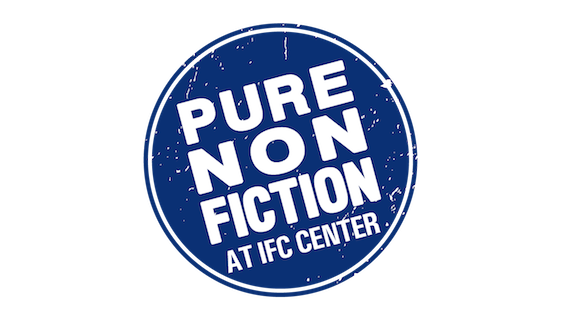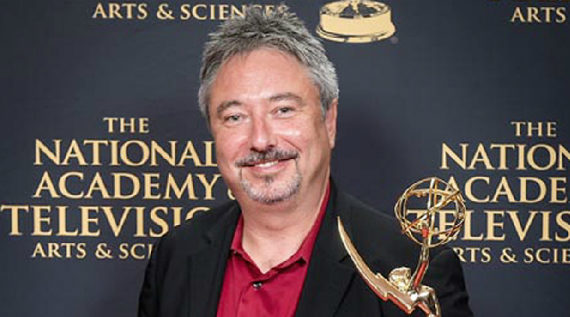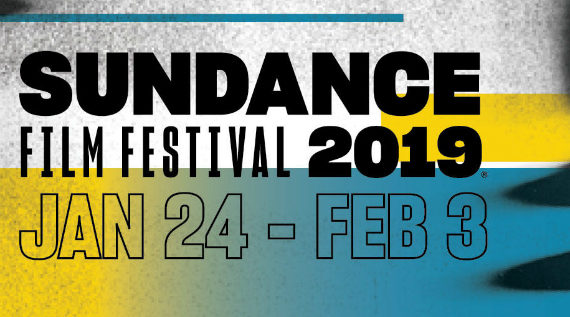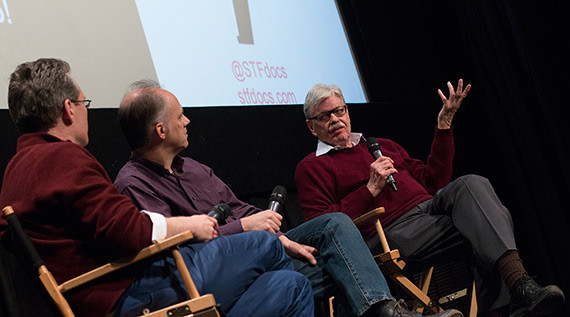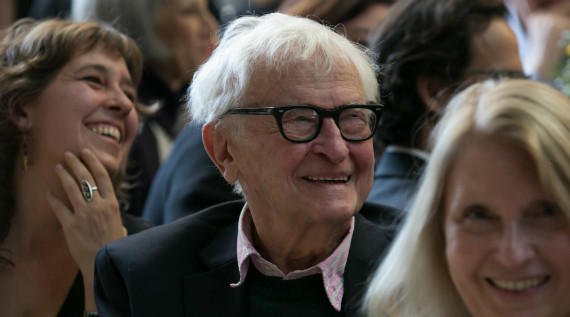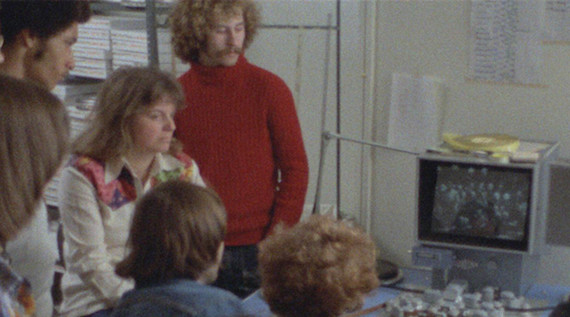
DOC NYC and the International Documentary Association (IDA) will co-present the first “Documentary Preservation Summit” on March 31 and April 1 at IFC Center in New York. The event will gather filmmakers, preservation experts and others to address the risks of important documentary films being lost and strategies for ensuring their future. The speakers include Academy Award winning directors D.A. Pennebaker (Monterey Pop; The War Room) and Barbara Kopple (Harlan County USA; American Dream); Michael Donaldson, fair use attorney; Margaret Bodde, the executive director of The Film Foundation; and Sandra Schulberg, the head of the IndieCollect film documentation and preservation campaign. The event hashtag is #savedocs.
“We want to sound an alarm,” said summit organizer and DOC NYC artistic director Thom Powers. “Today all filmmakers have to serve as their own archivists, whether it’s for work on older formats or fresh footage on a hard drive. This summit will give filmmakers vital knowledge about how to save their work and make it available to the public.”
“Preserving access to great documentary films and ensuring they remain available to future generations is a sleeping-giant issue facing documentary filmmakers and aficionados alike,” said Marjan Safinia, IDA Board President. “Bringing the work of IDA’s GETTING REAL documentary conference to New York, this summit shines a light on critical issues related to preservation of our documentary history and the sustainability of documentary careers.”
Marcel Ophuls’ The Memory of Justice (1976), recently restored by the Academy Film Archive in association with Paramount Pictures and The Film Foundation. Restoration funding provided by The Material Wold Charitable Foundation, Righteous Persons Foundation and The Film Foundation.
The summit will kick off on Tuesday March 31 at 7:30 pm with the “Keynote Panel: A Call to Action for Documentary Preservation,” featuring Hudlin, Kopple, Pennebaker, Powers and Schulberg, that will highlight the risks facing precious films. The audience will get a sneak peak at the new IndieCollect Index, an attempt to catalogue the entire field of American independent cinema, supported by a grant from the Ford Foundation.
The following day, Wednesday, April 1, will feature four panels: “Earning New Revenue Off Old Films”; “Confronting Clearance and Legal Issues”; “How Does Your Film Become Preserved and Discoverable?”; and “Best Practices: Don’t Lose Your Footage in the Digital Age.” See below for further details.
Summit passes, good for all events on both days, are $25 (or $20, in advance, for IDA and IFC Center members). To purchase a pass in advance, click here.
Passes and tickets to individual sessions ($14) will be available in-person at the IFC Center box office, 323 Avenue of the Americas (at W. 3rd Street), starting March 31.
For full details, see below.


